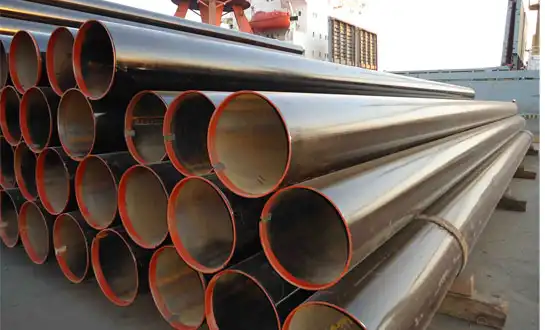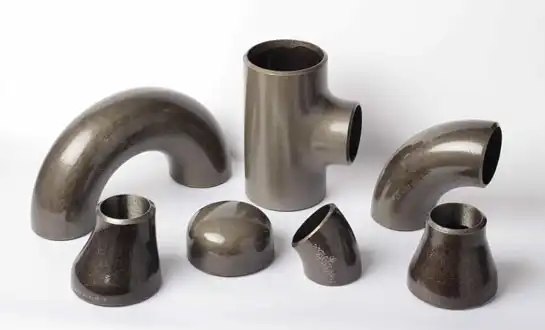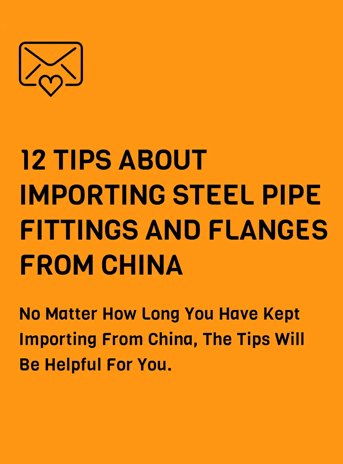Best Industrial Pipes and Fittings for Reliable Performance
Industrial pipe components form the critical infrastructure that enables safe and efficient fluid transport across manufacturing plants, energy facilities, and processing industries. Selecting the right pipes and fittings ensures system longevity, minimizes maintenance costs, and prevents operational downtime in demanding industrial environments. High-quality industrial pipe components must withstand extreme pressures, corrosive media, temperature fluctuations, and mechanical stresses while maintaining leak-proof performance. This guide examines the top-performing materials, connection technologies, and design considerations that define reliable piping systems for industrial applications. From carbon steel workhorses to specialized alloy solutions, we explore how proper selection and installation of industrial pipe components can optimize your facility's operational efficiency and safety standards.
High-Performance Materials for Industrial Piping
Carbon Steel: The Industry Standard for Versatility
Carbon steel industrial pipe components remain the most widely specified solution for general industrial applications due to their exceptional strength-to-cost ratio. ASTM A106 and A53 grade pipes provide reliable performance in water, steam, and oil services up to 750°F (400°C). These industrial pipe components offer excellent weldability and formability, allowing for easy field modifications and repairs. For corrosive environments, galvanized carbon steel pipes add zinc protection that significantly extends service life in water distribution and chemical processing applications. The inherent durability of carbon steel makes it ideal for structural piping supports and high-pressure hydraulic systems. Modern manufacturing techniques have improved the consistency and quality of carbon steel industrial pipe components, with stringent controls on chemical composition and mechanical properties to ensure reliable performance across temperature ranges.
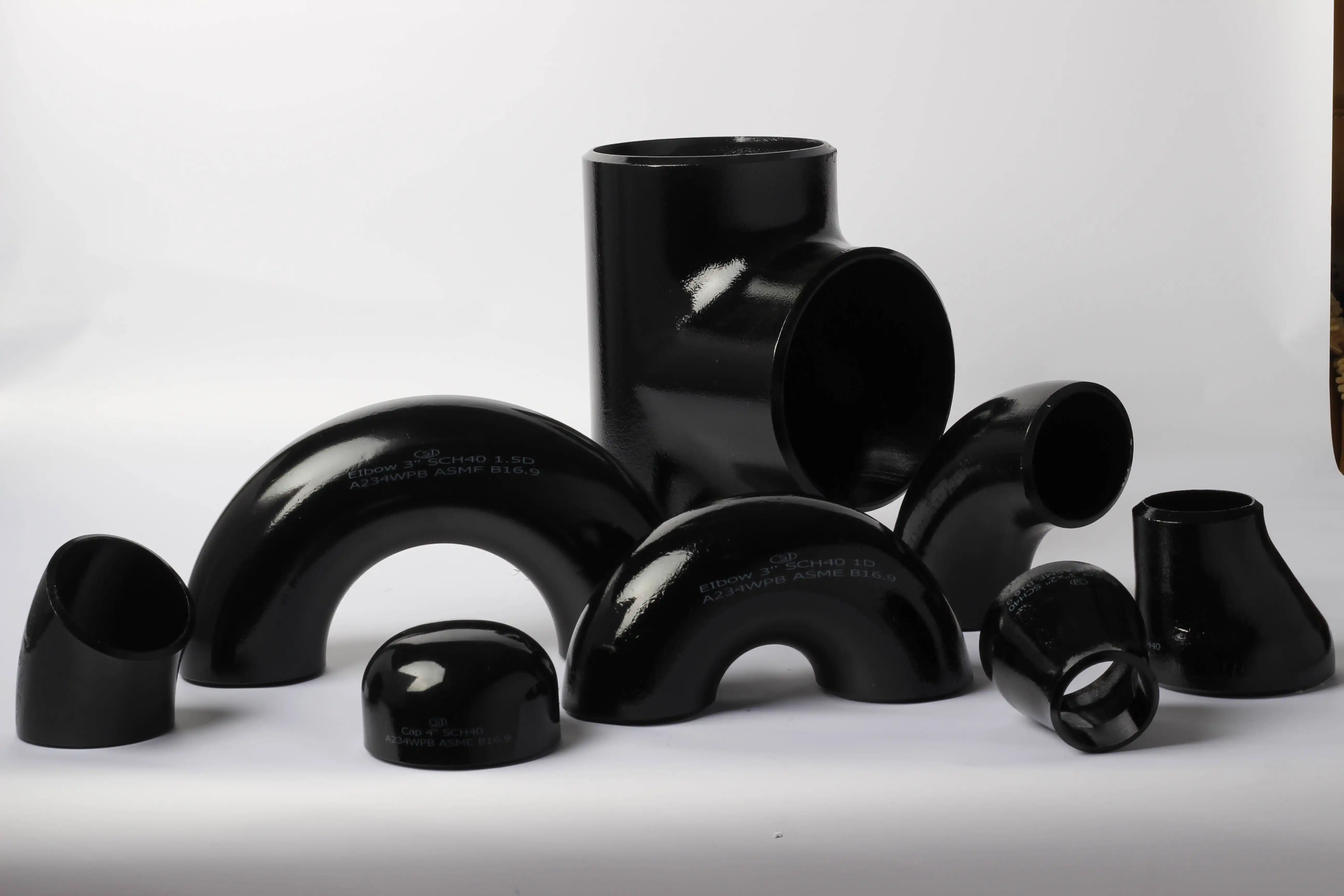
Stainless Steel: Corrosion Resistance for Demanding Applications
Stainless steel industrial pipe components excel in corrosive environments where carbon steel would rapidly deteriorate. Type 304 and 316L stainless steels provide excellent resistance to oxidizing acids, chlorides, and other aggressive chemicals common in pharmaceutical, food processing, and marine applications. The passive oxide layer that forms on stainless steel industrial pipe components self-repairs when damaged, providing continuous protection against uniform and pitting corrosion. Duplex stainless steels (2205) offer twice the yield strength of conventional grades while maintaining excellent corrosion resistance, making them ideal for offshore oil and gas applications. The smooth surface finish of stainless steel industrial pipe components minimizes bacterial adhesion and allows for easy cleaning, critical in hygienic processing industries. While initially more expensive than carbon steel, the extended service life and reduced maintenance of stainless steel often result in lower total cost of ownership.
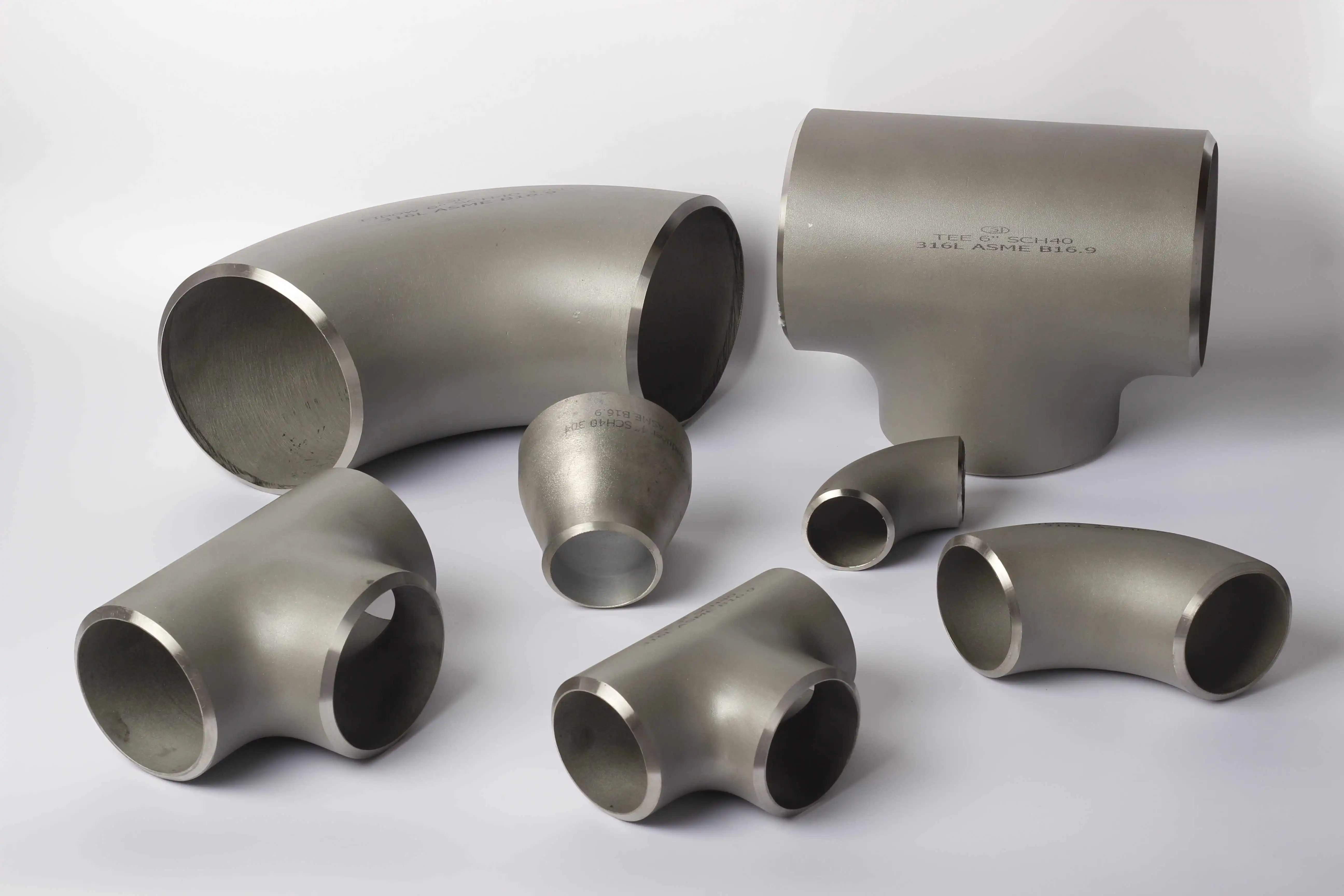
Specialized Alloys for Extreme Conditions
High-performance alloy industrial pipe components address the most challenging service conditions in petrochemical, power generation, and mining applications. Chrome-molybdenum alloys (P11, P22) maintain strength at elevated temperatures up to 1200°F (650°C), making them essential for refinery furnace tubes and power plant steam lines. Nickel alloys like Inconel and Hastelloy resist both corrosion and extreme temperatures in flue gas desulfurization and chemical reaction systems. For cryogenic applications, austenitic stainless steels and nickel steels remain ductile at temperatures as low as -320°F (-196°C). These specialized industrial pipe components undergo rigorous testing and heat treatment to ensure they meet the mechanical property requirements of ASME B31.3 and other international codes. The selection of appropriate alloy materials requires careful consideration of both process conditions and potential failure modes to ensure decades of reliable service.
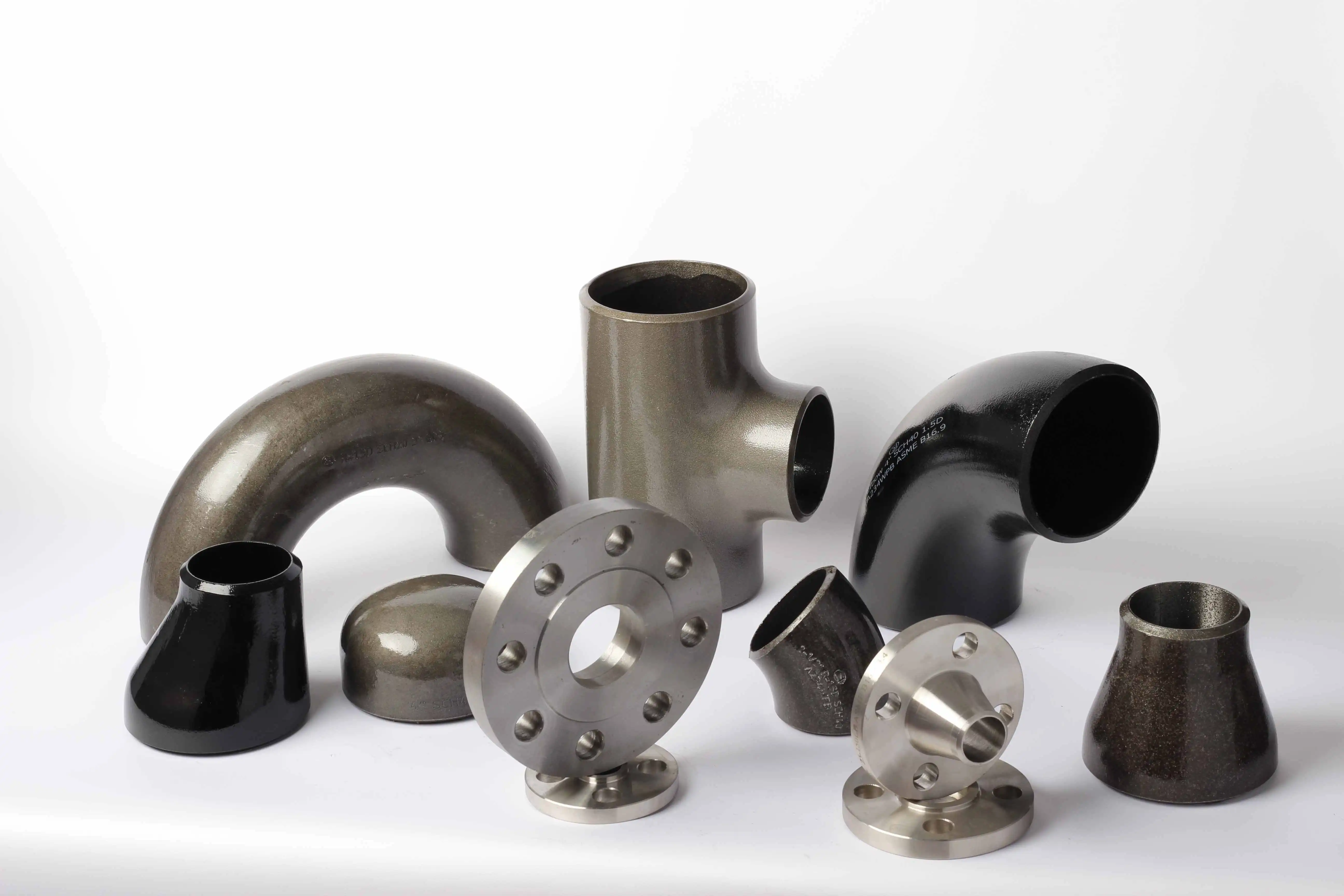
Advanced Connection Technologies
Butt-Weld Fittings for Permanent, High-Integrity Joints
Butt-weld industrial pipe components create the most reliable permanent connections for critical process piping systems. These fittings, including elbows, tees, and reducers, are welded directly to pipes to form continuous, leak-proof systems capable of handling extreme pressures and temperatures. The smooth interior surface of butt-weld industrial pipe components minimizes turbulence and pressure drop compared to threaded alternatives. Properly executed welds on these components develop full pipe strength and can be radiographed or ultrasonically tested to verify integrity. Standardized dimensions (ASME B16.9) ensure compatibility across manufacturers, while specialized grades are available for corrosive or high-purity applications. Butt-weld industrial pipe components are particularly valued in refinery, chemical plant, and power generation piping where joint reliability is paramount. The initial installation cost is offset by decades of maintenance-free service in properly designed systems.
Flanged Connections for Maintenance Flexibility
Flanged industrial pipe components provide essential access points in piping systems where regular inspection, cleaning, or modification may be required. These standardized connections allow for quick disassembly and reassembly without cutting or welding, significantly reducing downtime during maintenance operations. Raised face flanges with spiral-wound gaskets create reliable seals in high-pressure steam and chemical services. Industrial pipe components with flanged ends are commonly used at equipment connections, valve installations, and system isolation points. The bolted design accommodates slight misalignment and allows for gasket replacement when needed. Modern flange designs incorporate features like ring-type joints (RTJ) for ultra-high pressure applications and flat-face configurations for low-pressure corrosive services. Proper bolt tightening sequences and torque values are critical to achieving leak-free performance from flanged industrial pipe components throughout thermal cycles and pressure fluctuations.
Mechanical and Grooved Couplings for Rapid Installation
Mechanical connection industrial pipe components offer time-saving alternatives to welding in certain applications while maintaining reliable performance. Grooved couplings join pipes using a circumferential groove and housing that provides both mechanical strength and pressure containment. These industrial pipe components are particularly valuable in fire protection systems, HVAC piping, and temporary installations where speed of assembly is critical. Push-fit systems with elastomeric seals provide leak-tight connections for low-pressure water and air systems without requiring special tools. Mechanical connection industrial pipe components must be properly selected based on pressure rating, temperature range, and vibration resistance requirements. While not suitable for all services, these connection methods can significantly reduce installation labor costs in appropriate applications while maintaining system reliability when properly installed and maintained.
Design Considerations for Optimal Performance
Pressure and Temperature Ratings for Safe Operation
Proper specification of industrial pipe components requires careful analysis of both design conditions and potential upset scenarios. ASME B31.3 establishes wall thickness calculation methods that account for internal pressure, external loads, and corrosion allowances. Temperature derating factors ensure industrial pipe components maintain adequate strength at elevated operating conditions. For cyclic services, fatigue analysis may be required to determine appropriate material grades and connection types. Pressure-containing industrial pipe components must be clearly marked with their maximum allowable working pressure (MAWP) and temperature ratings to prevent accidental overpressure situations. The selection process should consider not only normal operating conditions but also startup, shutdown, and emergency scenarios that may create more severe loading conditions. Properly rated industrial pipe components, combined with appropriate pressure relief devices, form the foundation of safe piping system design.
Flow Optimization and Pressure Drop Reduction
Efficient industrial pipe component selection minimizes energy losses while maintaining required flow velocities. Computational fluid dynamics (CFD) analysis helps optimize pipe sizing, reducer configurations, and elbow radii to reduce turbulence and pressure drop. Long-radius elbows create smoother flow paths than standard elbows, particularly important in slurry and high-velocity gas applications. Properly sized industrial pipe components avoid both excessive velocity (causing erosion) and insufficient velocity (leading to sedimentation). Specialty fittings like sweep tees and conical reducers further optimize flow characteristics in critical applications. The interior surface finish of industrial pipe components significantly impacts flow efficiency, with electropolished stainless steel offering the lowest friction factors for high-purity systems. These design considerations become increasingly important in large-scale systems where small improvements in flow efficiency can translate to substantial energy savings over the system's lifespan.
Corrosion Protection and Longevity Strategies
Extending the service life of industrial pipe components requires proactive corrosion prevention measures tailored to specific operating environments. External coatings like epoxy, polyethylene, or zinc protect against soil and atmospheric corrosion in buried and exposed piping. Cathodic protection systems supplement coatings for underground industrial pipe components in corrosive soils. Internally, linings such as glass-reinforced epoxy (GRE) or polypropylene resist chemical attack in aggressive process streams. Material selection plays a crucial role, with corrosion allowances added to wall thickness calculations for expected metal loss over the design life. Regular inspection programs using ultrasonic thickness testing and other non-destructive methods monitor corrosion progress in critical industrial pipe components. Proper specification of these protection systems during initial design prevents premature failures and unexpected maintenance costs during operation.
Conclusion
Selecting the best industrial pipe components requires balancing material properties, connection methods, and design parameters to achieve reliable, long-term performance. By understanding the strengths and limitations of various options, engineers can create piping systems that deliver decades of trouble-free service across diverse industrial applications. The upfront investment in quality components pays dividends through reduced downtime, lower maintenance costs, and improved operational safety.
Premium Industrial Piping Solutions from Trusted Manufacturers
At HEBEI RAYOUNG PIPELINE TECHNOLOGY CO., LTD, we manufacture high-performance industrial pipe components that meet the most demanding application requirements. Our ISO 9001:2015 certified production processes ensure consistent quality across our comprehensive range of carbon steel, stainless steel, and alloy piping products. From standard fittings to custom-engineered solutions, our technical team can help you select the optimal components for your specific service conditions. Contact us today at info@hb-steel.com to discuss how our industrial pipe components can enhance your facility's reliability and operational efficiency.
References
1. ASME B31.3 - Process Piping
2. ASTM A106 - Standard Specification for Seamless Carbon Steel Pipe
3. ASME B16.9 - Factory-Made Wrought Butt-Welding Fittings
4. API 5L - Specification for Line Pipe
5. EN 10241 - Steel Threaded Pipe Fittings
6. MSS SP-75 - High Test Wrought Butt-Welding Fittings

Need a quote? Want to see samples? Just say hello. We’re friendly. We’re fast. And we’re ready when you are.
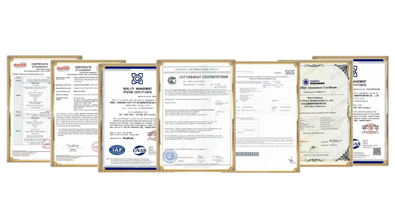
Welcome to RAYOUNG – Strong Pipes, Stronger Promise
